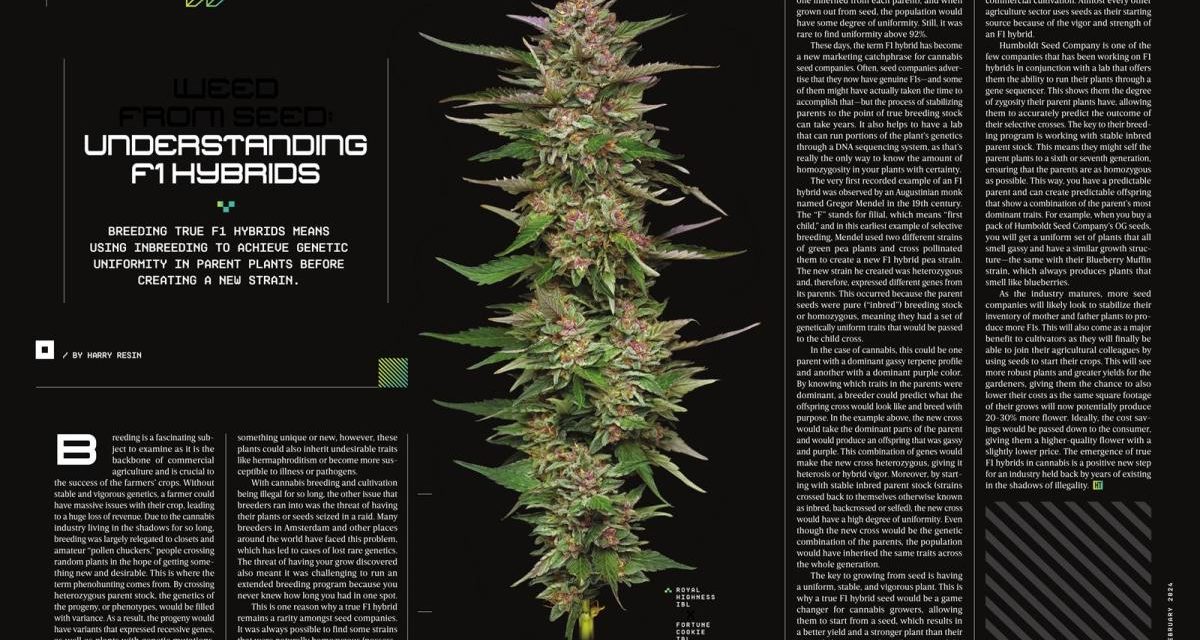Breeding: The Backbone of Commercial Agriculture
Breeding is the backbone of commercial agriculture, and without stable and vigorous genetics, farmers could face massive issues with their crops, resulting in a significant loss of revenue. But in the world of cannabis, breeding has long been relegated to the shadows, with amateur “pollen chuckers” crossing random plants in hopes of finding something new and desirable. This is where the term “phenohunting” comes from.
The Hunt for Unique Genetics
By crossing heterozygous parent stock, breeders can create progeny with a wide range of genetic variations, including recessive genes and mutations. While this can lead to unique and desirable traits, it can also result in undesirable traits like hermaphroditism or susceptibility to illness and pathogens.
The Struggle of Illegal Breeding
For years, cannabis breeding and cultivation were illegal, making it difficult for breeders to run extended breeding programs. The threat of having their plants or seeds seized in a raid was a constant concern, leading to the loss of rare genetics. This also made it challenging to create true F1 hybrids, as it takes time and stability to achieve true breeding stock.
The Rise of F1 Hybrids
Nowadays, the term “F1 hybrid” has become a popular marketing phrase for cannabis seed companies. While some companies have put in the effort to create genuine F1 hybrids, it can take years to stabilize parent plants and achieve true breeding stock. DNA sequencing is also necessary to determine the level of homozygosity in plants.
The First F1 Hybrid
The concept of F1 hybrids was first observed by Gregor Mendel, an Augustinian monk, in the 19th century. He cross-pollinated two different strains of green pea plants, creating a new strain that expressed different genes from its parents. This was possible because the parent plants were pure breeding stock, or homozygous.




